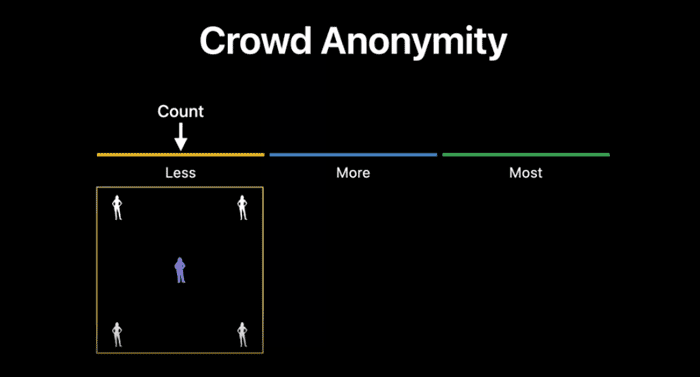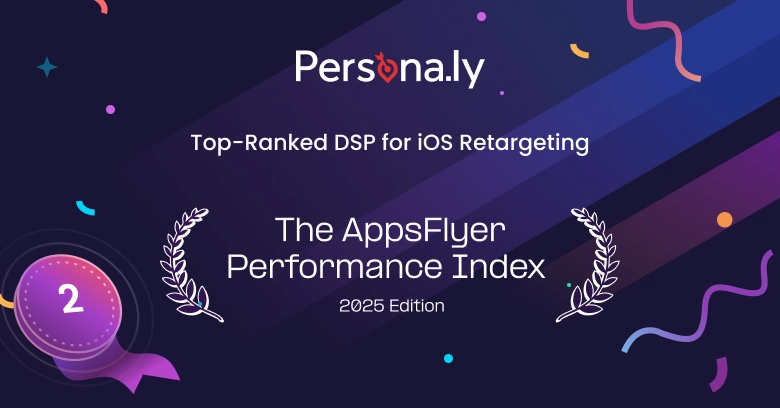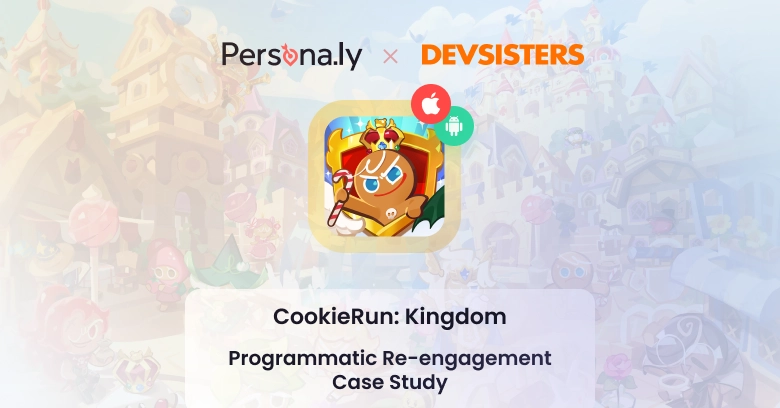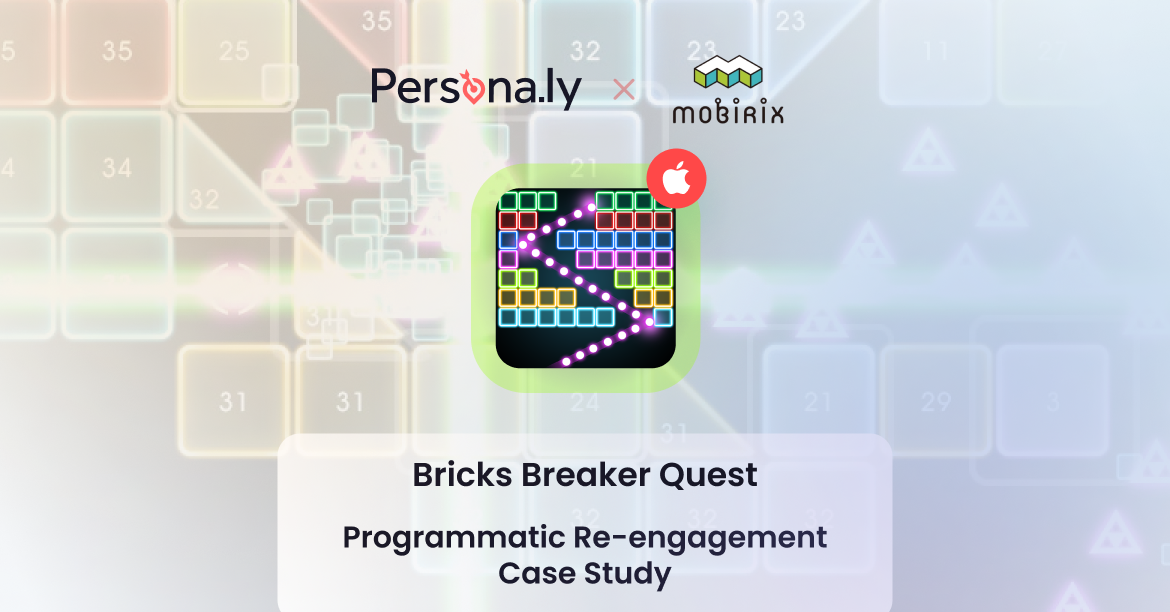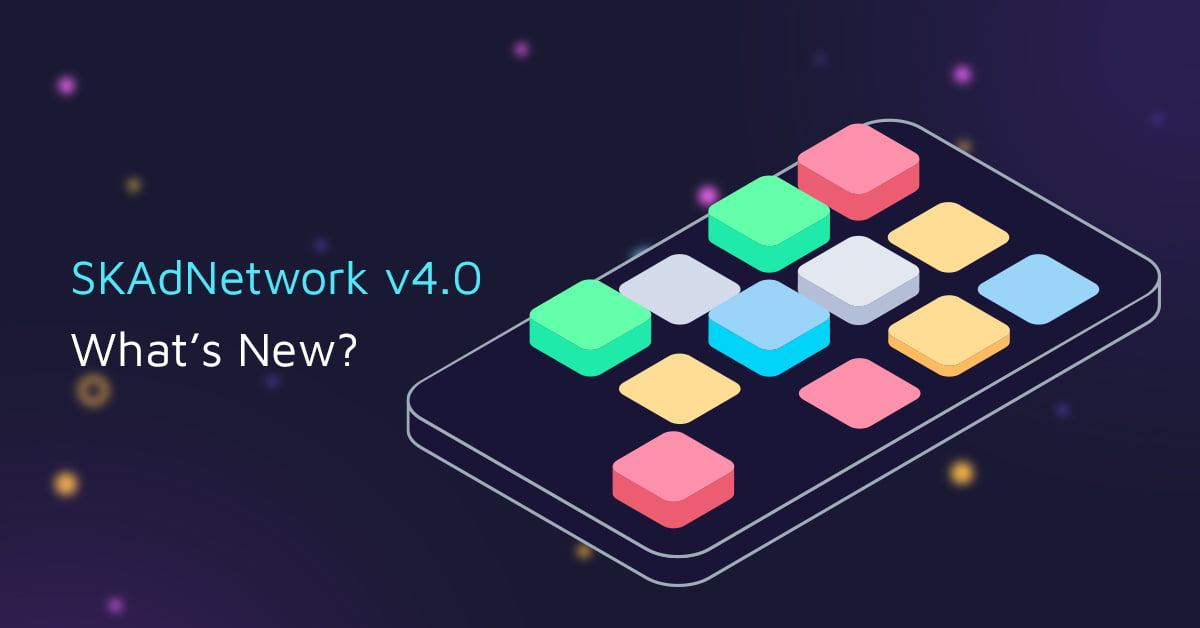
SKAdNetwork v4.0 – What’s New
In June, at a WWDC, Apple announced the next update to the SKAdNetwork. Being a controversial topic in the industry for the past year, since SKAdNetwork v.2 was released, the v.4 seems to be a promising update that will shed some light on mobile iOS attribution while still maintaining user privacy.
Initially released without proper feedback from the mobile app industry, SKAdNetwork indeed protects user privacy. The lack of data led to the paradigm shift that forces the industry to be craftier, more creative and work with signal scarcity.
While there is still a long way to go, the upcoming SKAN update seems to make iOS campaigns measurement clearer and, by combining SKAN and their own data, MMPs will be able to improve their current SKAdNetwork measurement solutions.
The app developers are still waiting for the official documentation release, however, here are the updates Apple shared so far.
Changes at a Glance
- Hierarchical Source IDs
- Hierarchical Conversion Values
- Multiple postbacks
- Web-to-app support (Safari only)
Hierarchical Source IDs
The new concept of hierarchical conversion values and source identifiers introduced by Apple ensures that advertisers will receive some data, even if the number of installs from the publisher’s app is lower than the obfuscated ‘privacy threshold’.
In order to share data without jeopardizing user privacy, Apple refers to the term Crowd Anonymity. To put it simply, the more installs there are and the bigger the crowd is, the more data is available.
“Counts of installs determine the level of privacy assured to the person using your app… When the install count is low, we take extra steps to protect privacy by limiting the trackable information sent back. As the count scales up and the user’s uniqueness starts to blend into the crowd, we send more data back. Finally, as the count reaches the highest tier, we are able to send the most data back while still preserving privacy.”
Nikhil Varma, StoreKit Engineer @ Apple
Depending on the number of installs (no specific figures here so far), the amount of the data shared by SKAdNetwork will fall into one of the three buckets: low, medium or high level of anonymity.
Apple has introduced a 4-digit source identifier. Compared to the previously available two-digit identifier, the 4 digits allow assigning tracking based on advertisers’ goals – source, location, creative type, and ad placement, which makes ad attribution far more trackable.
Falling in the previously mentioned buckets, the advertisers will receive an increasing number of digits of the source identifier.
Here is an example of how the 4-digit source identifier works at different crowd anonymity levels.
At the low level of crowd anonymity, the advertiser will only get the last 2 digits. At the medium level – three digits will be sent. For the large install amount, all four digits will be available.
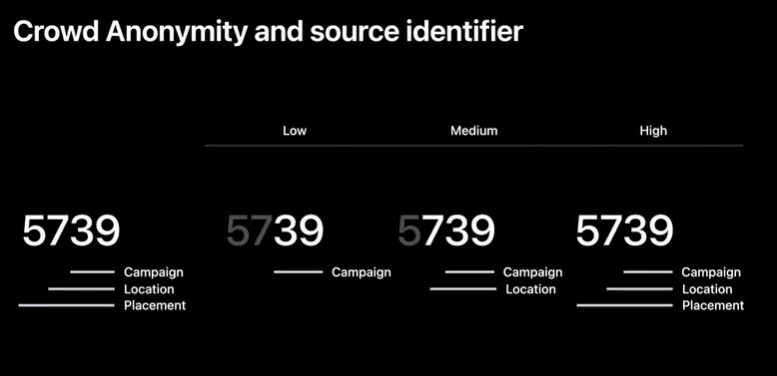
Apple recommends considering the crowd anonymity level when setting up source ID, as the hierarchical structure gives the opportunity to set up various values to the digits.
Hierarchical Conversion Value
A hierarchical conversion value is dependent on the crowd anonymity threshold as well. Here, Apple introduces 2 variations: fine-grained (more detailed information expressed in a number, limited to up to 64 possible values), and coarse-grained (limited postback information expressed in a relative value) conversion values.
As the crowd anonymity level increases, the conversion value returned changes (note that unlike in the previous version, the conversion value can be decreased). Advertisers within a low threshold will not get any postback information. As the scaling increases and the Medium crowd anonymity threshold is hit, the advertiser will receive a coarse value. At the maximum threshold, the fine-grained value is available.
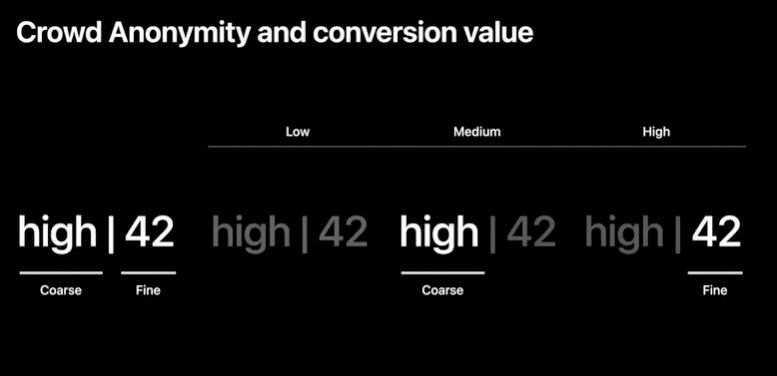
Multiple Conversions
With only 1 postback available in the previous versions of the SKAdNetwork (which only allows tracking the most basic conversions), the newly introduced 3 postback windows will make a dramatic difference in ad performance attribution as the in-app user journey information will now be shared past the existing 2-day window (from the install).
Another significant change that the multiple postbacks makes is allowing for brief long-term (8-35 days) user engagement measurement.
The postbacks are tied to different time windows: 0-2 days, 3-7 days, and 8-35 days.
This change will allow advertisers who typically measure the performance based on various cohorts to finally attribute the conversions to a source.
An important note is that there won’t be a way to connect these postbacks to a single specific user. Besides, even for the advertisers that hit the highest privacy threshold, only the first postback will receive the fine-grained (absolute) value, and the other two postbacks will only get the coarse-grained (relative) value.
Web-to-app Attribution
A long-anticipated feature will be available with the new SKAdNetwork release – advertisers will be able to track web-to-app performance. Lacking in previous versions, the new feature will make web campaigns that lead to the app’s App Store page measurable. So far the feature will only be available for Safari.
